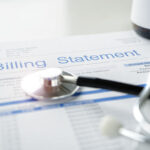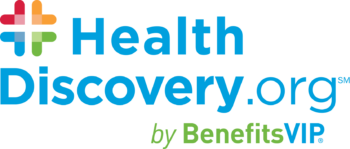Medical bills are becoming increasingly complex and difficult to read. Charges from clinics and hospitals tend to be lumped together instead of itemized – making it very difficult to see exactly what you are paying for. With many medical facilities going paperless, many patients are not even receiving the statements regarding the amount the insurer paid. This increases your chance of being overcharged. Learn how to read your medical bill.
Controlling Costs
A big step in controlling your health costs is understanding how to read your medical bill. Many medical bills contain billing errors and items that are priced much higher than their actual cost, so carefully reviewing your bills can save you a lot of money.
How It Works
- When you receive your medical bills there are three documents that you need to compare to help you understand if you are being billed only for the services you received:
- A list of services performed – this document is given to you when you leave the doctor’s office or health facility.
- The bill from the doctor or health facility – this is a list of services performed with the charges associated with each service (which should match the list of services performed document given to you when you leave the facility). Many health systems are no longer issuing itemized bills, which will help you find obvious errors much easier. You have the right to request an itemized bill from the facility.
- Explanation of benefits (EOB) from your insurance provider, Medicare or other payer, explaining how much of the bill was paid by insurance.
- Start by reading over each of the documents individually and noting any charges that you don’t understand or items that you don’t think you should have been charged for.
- These bills use codes for each of the services provided, which can make it even more difficult to read. To better understand what these codes mean, use a medical dictionary or encyclopedia. Then compare the documents against each other, making sure that the charges match up.
Checking for Errors
Make sure there are no data entry errors including numbers with an accidental zero added on (e.g., “10” instead of “1” X-ray). Also check for duplicate listings of procedures and medications that you do not think were administered.
If you find suspicious charges, don’t hesitate to contact the health care facility billing department.
A Proactive Approach
There are a few best practices that you can use before your procedure or appointment.
- Verify with the receptionist how your visit will be coded.
- Write down notes as you are treated, noting exactly what services are performed. Consider bringing a friend or family member to do this for you if you will be unconscious.
- If you’re going to be charged for a hospital stay, call the billing department before your procedure to ask if there are any supplies you can bring with you to avoid high charges such as a box of tissues, extra blankets or pajamas.














